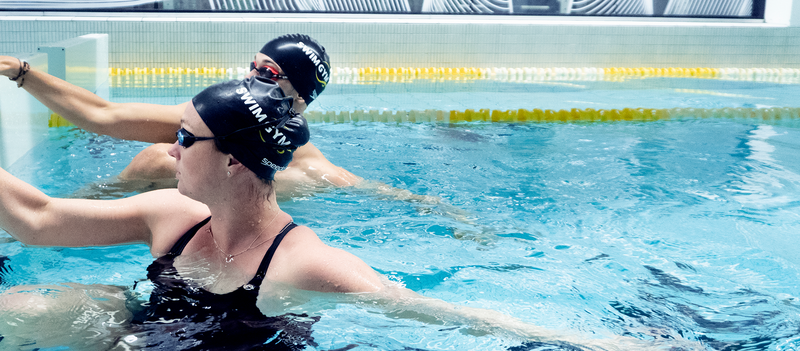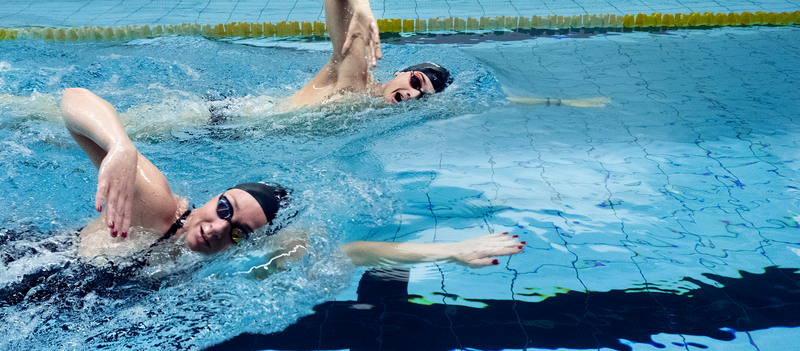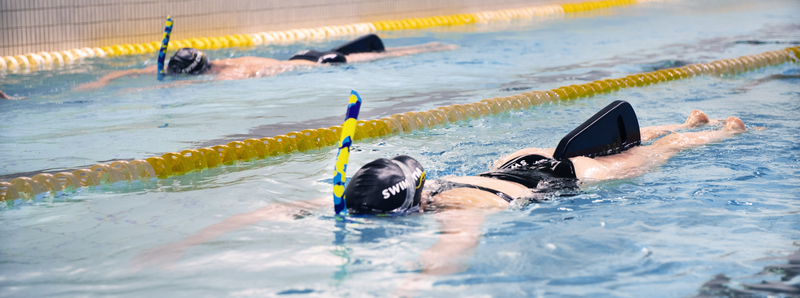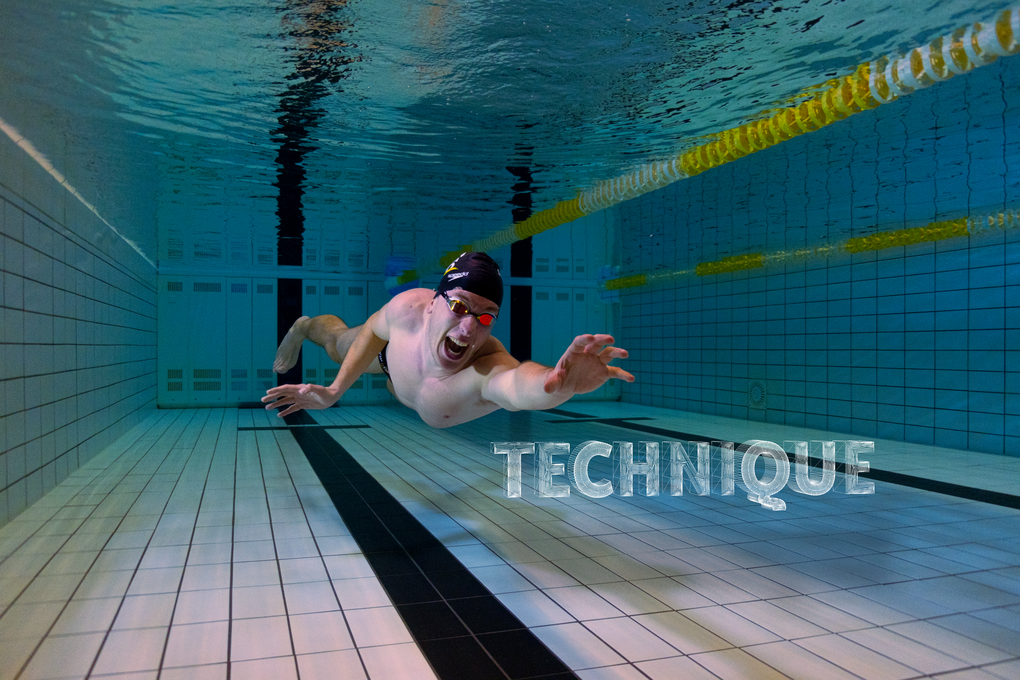Swimming blog - TRAINING Don't count laps, make every lap count
We probably all know the feeling: at the end of your swim workout you feel tired and your technique is slipping away. Very common, but something to watch since swimming with bad technique can cause injuries and can stagnate your progress. Therefore we have 4 tips to maintain your technique and stroke length throughout your swim workout.
Russian swimming legend, Alexander Popov, never swam more than he could sustain with good technique, and so should you. If you just keep going because you want to reach a certain distance in your workout, you end up reinforcing bad technique without being aware of it. But it doesn’t have to be that way, which is why we are sharing the exciting and effective tools we use to prevent technique breakdown from happening.
How does it happen?
You might want to know why your technique declines when you are swimming mindlessly in the first place. When you swim continuously, fatigue starts to kick in. The nervous system becomes tired and your senses, perception, coordination and focus will be affected. It becomes really difficult to control the complex movements required in swimming. As a result, the technique is going to fall apart without you even noticing! When you choose to continue swimming at this point, you will reinforce bad technique, making your session less effective. Luckily you can prevent this from happening to get more out of every session.
1. Take short breaks
When swimming laps nonstop it becomes a big struggle to hold onto your technique. You're better off cutting the distance into smaller chunks, which will keep you fresher for longer, making it easier to maintain your technique. If you for instance have a session planned of 1500 at easy pace, you're better off doing 15x100 with 10 seconds break in between, than swimming the 1500 nonstop.
As you become better at keeping the technique on the 100 intervals, you can slowly start to increase the distance of the intervals. However, stroke technique is a working process, there is always something new that needs to be tackled, so don't hesitate to go back to shorter intervals when working on a new problem that needs correcting.

2. Count your strokes
Stroke counting is a great way to keep the efficiency and length in your strokes throughout the whole session. When you notice your stroke count increases towards the end of your workout, you are swimming with less efficiency. Swimming with a bad technique means you need more strokes.
So how to do it? Start by counting your strokes during 1 lap of warm up (every hand entry is a count). You are still fresh and relaxed during warm up, so this is a good indication of how many strokes you take with good technique. As you go through the workout keep counting your strokes every second or fourth lap. This will encourage you to keep focus on your stroke length and give you feedback on your technique. When your stroke count increases, you know your technique is falling apart. Time to take more rest and reset.

3. Practice drills during every workout
Technical drills, and you can find our comprehensive list of them at SwimGym.com, are oftentimes used in the beginning of a swim session to focus on improving or isolating movements in the swimming technique. Swimming consists of many complex movement patterns, it’s therefore much easier to grasp the correct technique if you isolate the problem, and correct it with drills.
Knowing what to do, and setting the right technique in the beginning of your swim session is important, but the biggest challenge is to keep the good technique throughout the whole session. You can add drills to your main set to maintain focus through your workout and check if you are maintaining good technique. For instance, instead of only doing many repetitions of 400 you can sprinkle 4x50 drills in between each repetition, to refocus yourself.

4. Breathe to both sides (bilateral breathing)
Bilateral breathing means breathing to both sides. Bilateral breathing is a great way to keep your freestyle technique symmetrical, causing many technical flaws to disappear. A few benefits of bilateral breathing are: (1) it promotes good body rotation (2) it prevents snacking through the water, which reduces drag (3) and it prevents the elbow from dropping before making the catch.
In the beginning bilateral breathing will feel harder and more unnatural on your non-dominant side. But like any skill, if you stay persistent soon enough it will feel supernatural, you’ll be capable of swimming smoother with less effort, making it easier to hold onto good technique for longer.

Even the best swimmers in the world keep a close eye on their technique, because they know when their technique slips, so does their performance. So next time you have a swim workout planned, don’t just count your laps, instead use at least one of the tools to make every lap count.
